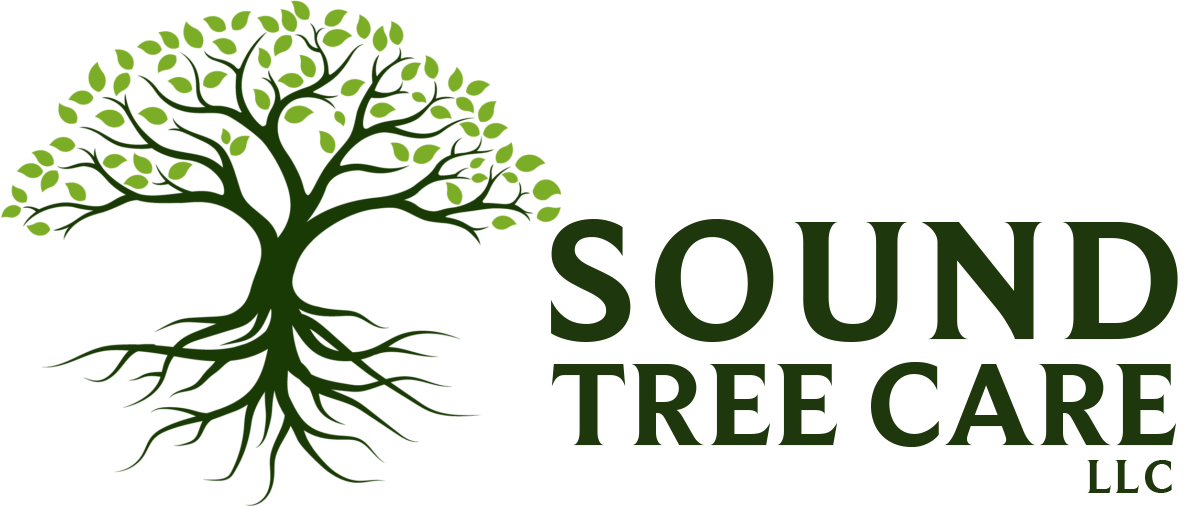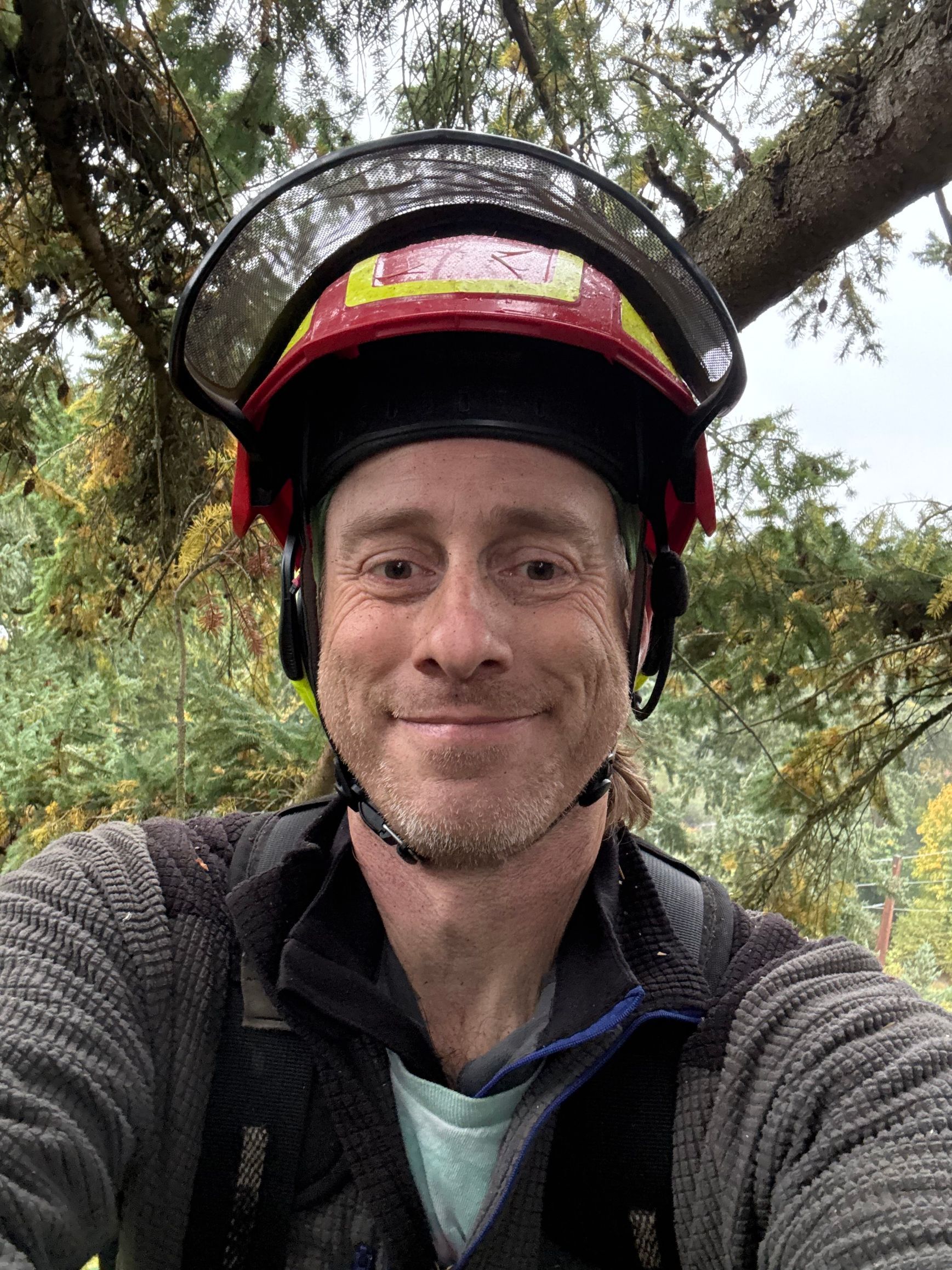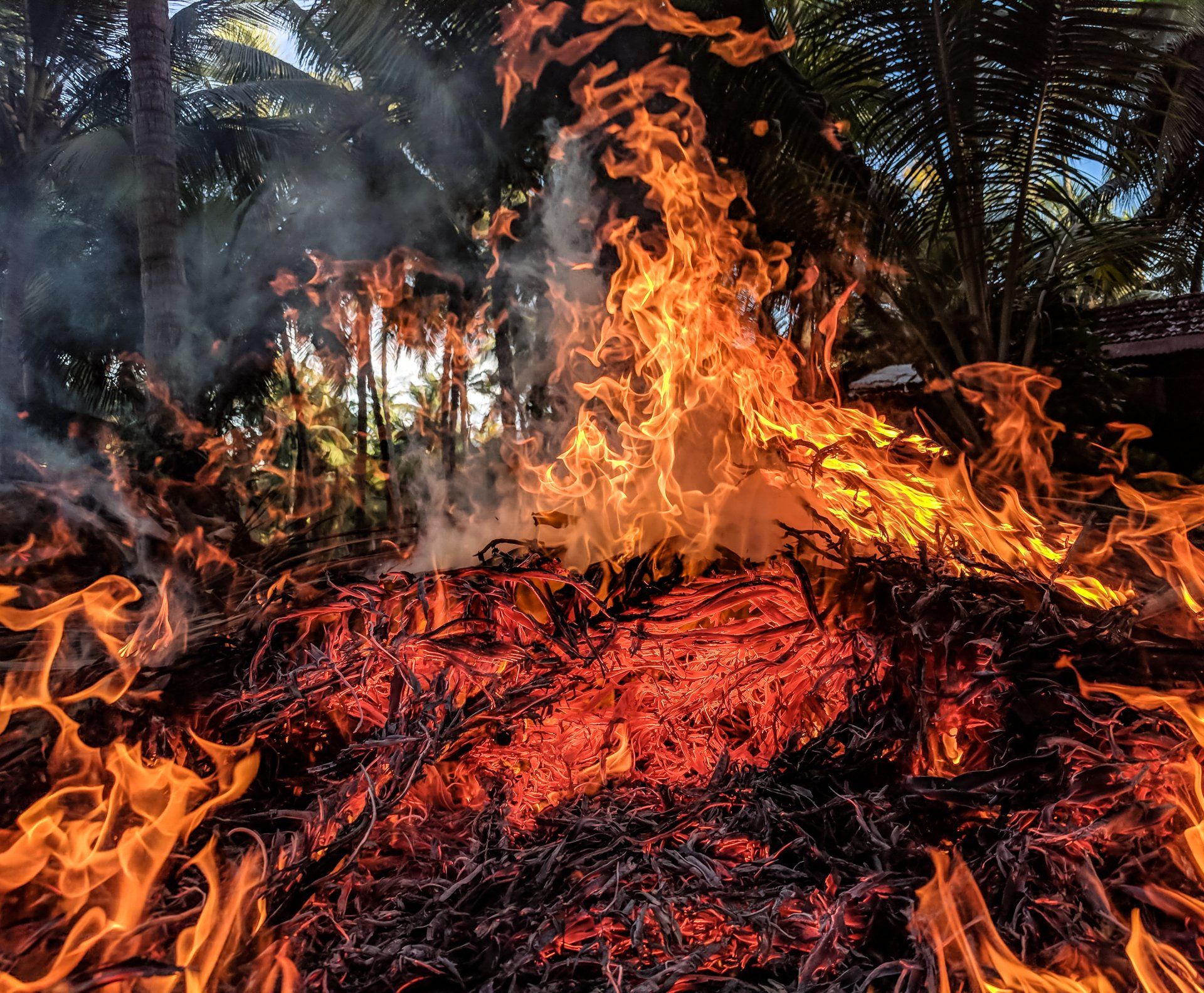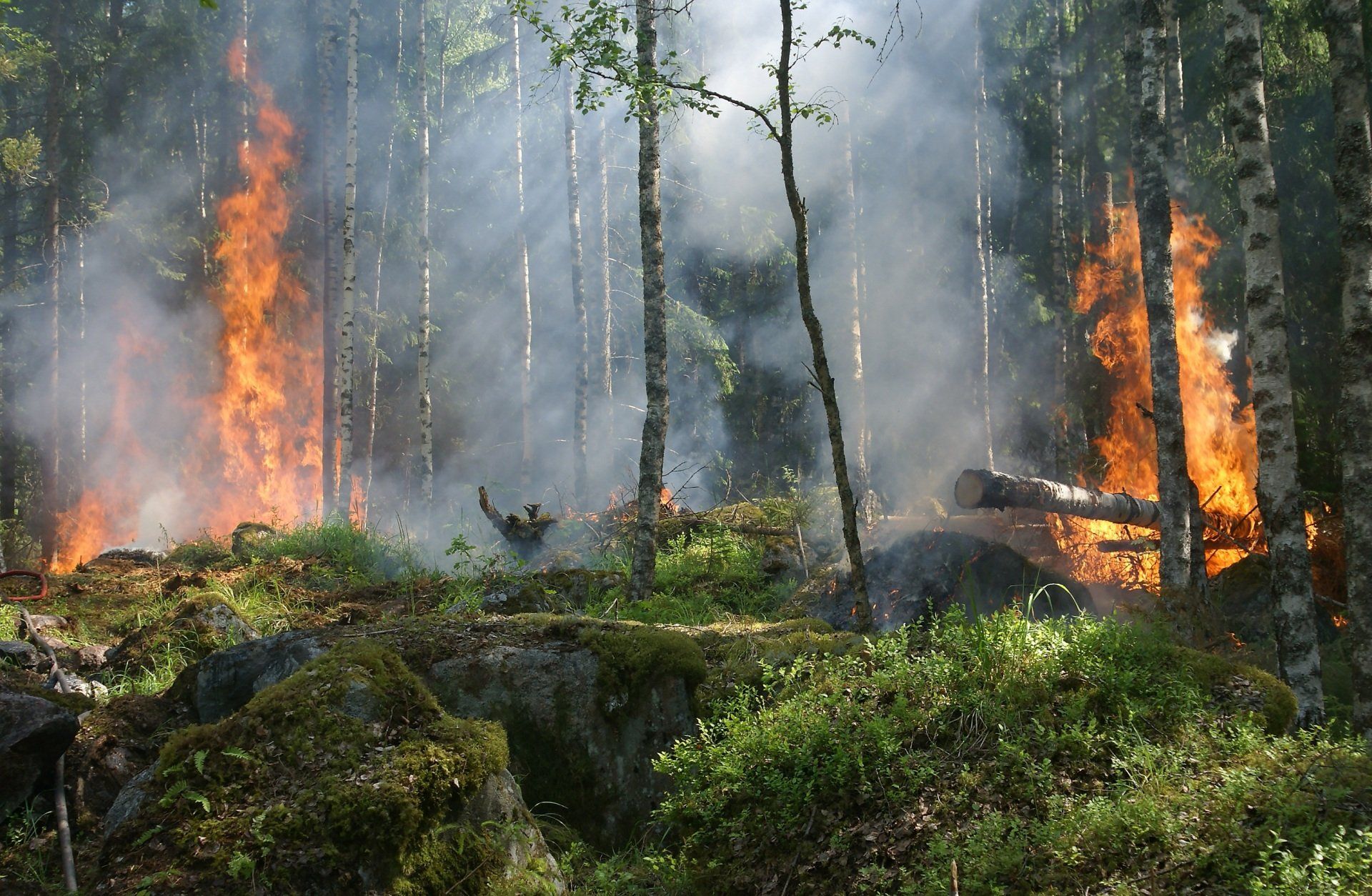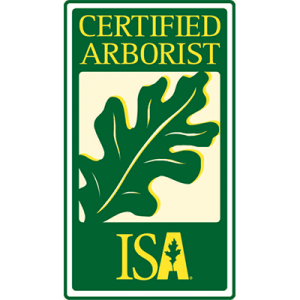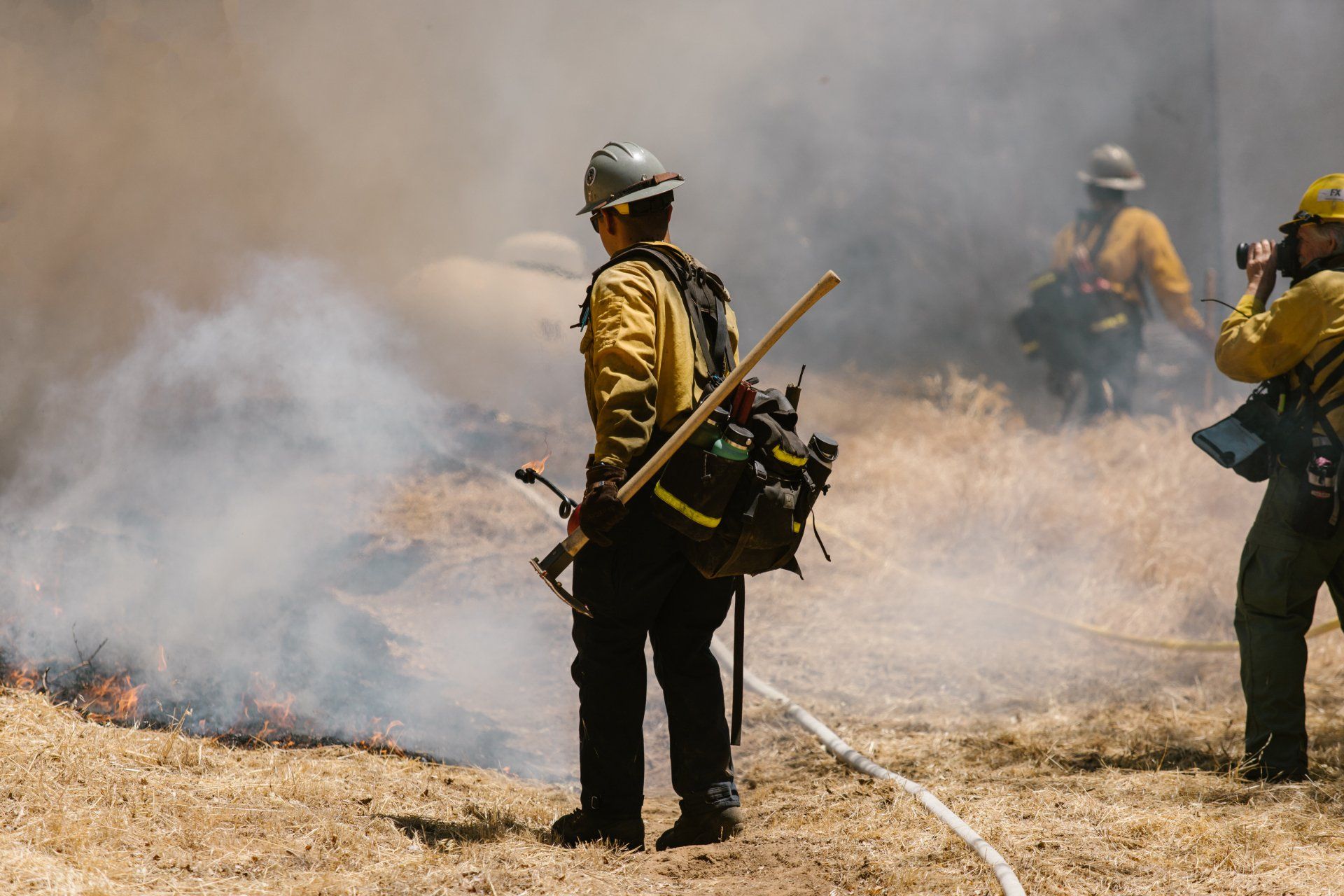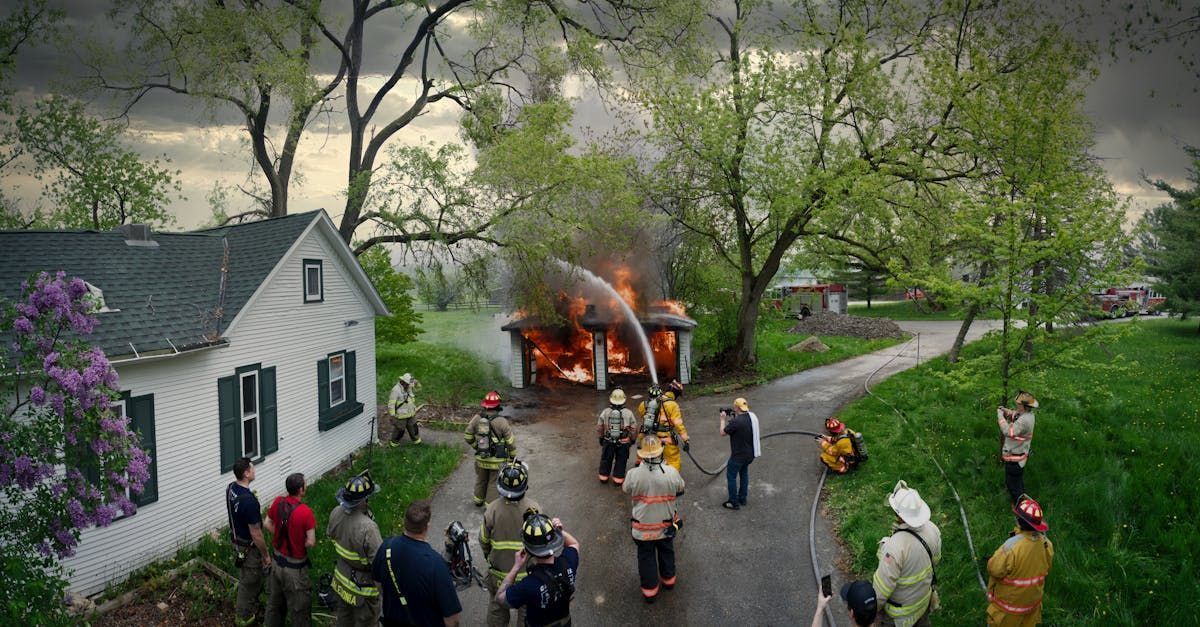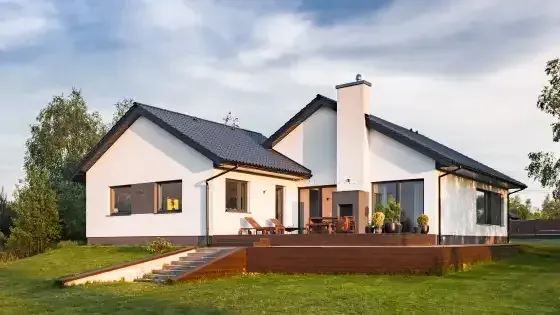Western Washington used to feel safe from wildfires. But recent years have shown that Puget Sound communities are no longer immune. Dry summers, windstorms, and nearby forest growth have made areas like Tacoma, Olympia, and even the outskirts of Seattle more vulnerable.
Creating wildfire defensible space around your home is one of the most effective ways to protect your property—and your family.
